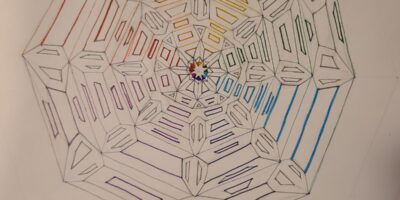Author:
Jun ha Kim
Mentor:
Hao Tang, PhD
Abstract:
Map applications on the market today do not offer any easy way for users to access data pertaining to accessibility features or quality of a given sidewalk. This prevents disabled individuals from enjoying unfettered access throughout a given city; the simple omission of a street ramp, for instance, prevents those with ambulatory disabilities from crossing a street.
To help disabled individuals move around an urban environment, a white cane has been outfitted with a “metal glide cane tip” at its tail end (i.e. where the cane meets the ground). This was chosen because it provides satisfactory tactile and auditory feedback to both visually impaired users and the purposes of our research project, which classify sidewalk surface materials based on tactile and auditory feedback using a multimodal machine learning approach.
However, the metal tip is prone to sticking to imperfections in sidewalks, resulting in non-seamless data collection. Further research has revealed that a multitude of alternative candidates exist including: pencil, roller, marshmallow and hockey tips. The objective is thus to determine if such alternatives are better suited for data collection, and whether the collected multimodal data contains sufficient features for a machine learning approach to understand surface materials.
To determine which tip is superior, this study will analyze the audio and vibration feedback on a variety of street surfaces (sidewalks, subway grates, etc.) in New York. The cane tip that is able to capture data seamlessly, without loss of key data (audio and movement feedback), shall ultimately be chosen.

